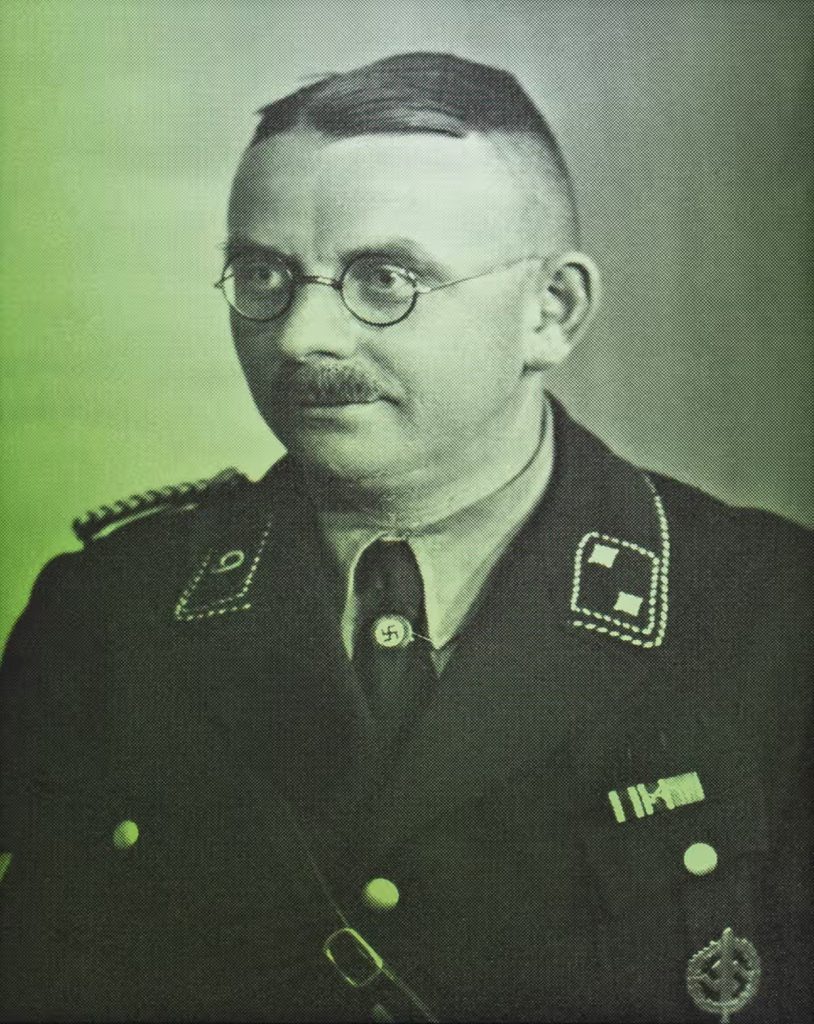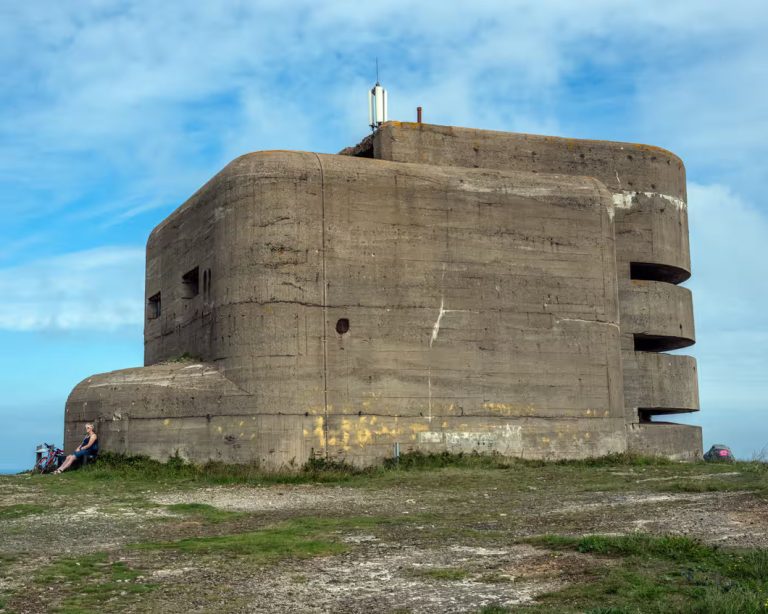New evidence has revealed that Nazi guards at a prison camp on one of the Channel Islands used prisoners for target practice as a form of weekend entertainment during the Second World War. According to recent research, SS guards at the Sylt camp on Alderney would select around a dozen prisoners on Sundays and transport them to a nearby light-gauge railway. There, the prisoners were tied to tipper trucks and used as live targets.
Over the course of several hours, the guards would shoot at specific parts of the prisoners’ bodies, deliberately wounding them multiple times before ultimately killing them. This brutal practice was reportedly a regular form of amusement for the SS.
These revelations are part of a broader investigation into wartime atrocities featured in the upcoming documentary Ghosts of Alderney, which explores the Nazi occupation of the island from 1940 to 1945. The film includes interviews with survivors and descendants of victims, including the daughters of Giorgi Zbovorski, a Ukrainian man imprisoned on Alderney in 1942. Before his death in 2006, Zbovorski recounted witnessing the horrific scenes in which prisoners were forced to watch the executions carried out as target practice by the SS.

Ingrid Zbovorski recalled her father Giorgi’s chilling memories of his time in the Sylt camp on Alderney during the Nazi occupation. “Prisoners were made to stand in formation,” she said. “The guards were acting out of boredom. They would select 12 or 15 prisoners, bind them upside down to train wagons, and then begin shooting at random for their own amusement. A bullet to the head or heart meant instant death, but a shot to the arm or leg would leave a man suffering for hours.”
The account forms part of a broader investigation led by artist and researcher Piers Secunda, who spent five years studying the use of slave labour on Alderney. His research documents a pattern of systemic abuse, including shootings, beatings, and starvation inflicted upon the prisoners.
Secunda said that Zbovorski had personally witnessed these so-called “target practice” executions, which took place on Sundays throughout his time in the camp. He added that the high death toll may have prompted a delegation from Berlin to visit the island. According to Secunda, Otto Högelow, the head of the SS guards on Alderney, actively encouraged killings by rewarding SS personnel with 10 days’ leave, extra food, and cigarettes for every five prisoners they shot.
Gilly Carr, professor of conflict archaeology and Holocaust heritage at the University of Cambridge, described the findings as part of a broader body of evidence pointing to the brutality of the German occupation on Alderney. “There are sadly so many stories from Alderney of atrocities and brutal treatment against prisoners,” she told The Guardian. “The wealth of evidence, of which this is a part, confirms the horrific nature of the German presence on the island.”
Carr also stressed the need for historical rigor when evaluating personal testimonies. “While a trained historian should take note of this account, further questions need to be asked before using it to quantify deaths. How long did the practice continue? Were the same number of prisoners selected each time? Was Giorgi present on each occasion? This is not to dispute the testimony, but to ensure it is properly examined before being used as data.”

Ingrid Zbovorski also served as a coordinator and member of the Lord Pickles Alderney expert review panel, which last year concluded that over 1,000 slave labourers likely died on British soil under Nazi control—hundreds more than had been officially documented in historical records.
Her father, Giorgi Zbovorski, had been sent to Alderney after attempting to escape forced labour in Austria. In 1944, he was transferred to Belgium to work on construction sites for the V1 missile program. While there, he and several other Ukrainian prisoners convinced a German soldier of Polish descent not to shoot them if they fled. The soldier fired his machine gun into the air to give the appearance of following orders, but another German guard opened fire and killed three of the escapees.
Giorgi and two others managed to hide in the home of a Belgian farmer. When Allied forces liberated Belgium just weeks later, he weighed only 40 kilograms, a reflection of the severe starvation and mistreatment he had endured.
After the war, Giorgi remained in Belgium and worked for the farmer who had sheltered him.
The upcoming documentary Ghosts of Alderney – Hitler’s Island Slaves, produced by the British independent company Wild Dog, is set to be released in the UK later this year. The film explores the experiences of those imprisoned on Alderney and sheds new light on the island’s dark wartime history.

